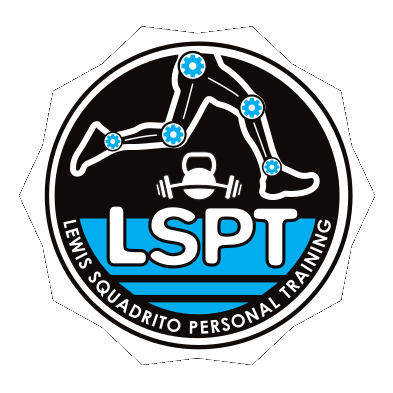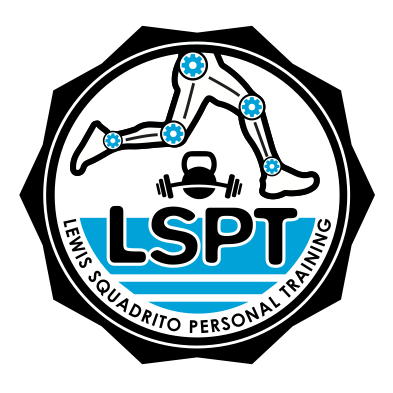Tempos & Training
Tempo runs are one of the most frequently used and abused training techniques in modern endurance training. While I have no issue with the use of tempos in training and actually prescribe tempo runs to basically all of my athletes to some capacity. They are often prescribed incorrectly with a complete lack of understanding of what they are and what they do by both the coach prescribing the run and the athlete performing the run.
The big misunderstanding of a tempo run is thinking tempo refers to a specific pace or effort. It does not. I hear it all the time. “My tempo pace is 4:10/km”, “mine is 5:00/km” “hers is 4:45/km” etc. My follow up question is always the same. “For what run?” “10min tempo around the block at the end of a session?” “50min tempo run out on the trails?” 4x 10min tempo runs around flat roads?” “All tempo runs” the athlete usually responds, and here lies the issue. Regardless of the desired outcome. All tempos are run the same. You have your one random pace you run with no reason for why.
To understand tempos, and the dos, the don’ts, first we are going to need to take a short detour into first the history of tempo runs and look at how we got from where we started to where we are now.
Tempos through the century.
This will be a generalisation, grouping many years together into decades and many coaches from throughs decades into one big group. There was nuance between the specific coaches of the times. But that is a story for another day.
Tempos have been around for over 90 years. They were not always referred to as a “tempo” but the principle was the same. Tempos have not just been present in running, but also in cycling, swimming, triathlon. The concepts in tempo actually originated in weight lifting.
From before the 40s to the late 60s ‘tempo’ simply referred to the rate at which something moved. In the context of a lift. This was the movement of a weight as a muscle either went from its shortest to longest position or longest to shortest. For example, a squat with a tempo of 2:2 would be a smooth rhythmical movement for two seconds from standing to sitting at the bottom of a squat followed by two seconds from the bottom to the top. This would mean the squat would take a total of 4 seconds for each rep. In the world of running, “tempo’ referred to the speed or pace at which an individual moved. This could be any pace, as long as it was constant.
Back in the 40s, 50s and 60s the relationship between heart rate, health, fitness and performance were not widely acknowledged. It was not used it as a metric for any training, let alone tempo training.
Fast forward to the 70s, where there was the jogging boom. Running took flight, and it was not just for competitive and elite level athletes. Doctors were prescribing running for health, and physiotherapists started prescribing jogging for rehab. In 1977 heart rate monitoring (wireless ECG machines) were invented for the Finish national cross country ski team as a training aid. It wasn’t until 1983 that heart rate monitors become the main stream and sold to the public. This is where coaches started playing with the idea of using heart rate guided training and tempo runs.
The thinking moved away from the pace prescription of tempo, and toward the idea of heart rate prescribed tempo runs. For instance, running at 50% of MHR for an hour or at 60% of MHR for an hour etc.
What coaches found as they prescribed this more and more was that while their athletes got “fitter” they didn’t necessarily get “faster” there results on race day did not improve as they had hoped.
A likely reason for this is because instead of training the athlete and preparing them to run x distance at x pace, athletes were trained to run at x heart rate, instead of x pace and regardless of their effort level.
Jump forward to the 90s, running was now based off effort. In this style of training, there was no need for paces or heart rate monitoring. The questions now arose: How fast do you need to train? What effort level is your heart rate at?
So here we have three metrics for measuring a successful tempo: pace, heart rate or you can go RPE (rate of perceived exertion).
Which one is the right? Well, all of them, as long as that metric stays fixed its a tempo. The better question to ask yourself is which one do you go with? Which one is your coach referring too? This should be a clear conversation from the get go.
How to do a tempo?
Typically, tempo runs are just steady state runs for a particular distance or duration, but this is not all a tempo has to be. Tempos can also be done through a series of long intervals all at the same fixed metric.
A few examples of tempos for different disciplines include…
Marathon Runners – Your tempos will generally be steady state. This is because your race is steady state. This could be 90min running at a pace 5-10sec/km faster than marathon race pace or you could do 90min running at zone two (60-70% MHR)
Half Marathon Runner – Your tempos could be pretty similar to a marathon runner, or you could do multiple tempos as intervals with short rests. This could be a 45min tempo run @ half marathon goal pace, 5min walk recovery, 30min tempo run @ half marathon goal pace, 5min walk recovery, finishing with 15min at threshold or 10k pace.
5k and 10k guys – Your tempos are more structured. You could do 3-4x 10min @ 110% of 10k race pace.
The final thing to consider about your tempo is that in running, each speed is a different movement pattern and skill set. The competitive runner needs to refine this race specific movement as much as possible. If the pace is too far removed from the specific race situation it will not translate. This is the 20% rule. For the competitive athlete this is much more specific and targeted to their goals.
The 20% rule states that you need to be training your event specific workouts at paces between 80-120% of target race pace. This keeps the motor learning happening and the movements all very similar.
This is not to say you can never go outside of 20% of race pace. If its not a race specific workout, of course you can. If your an 800m runner there is no way your 30min recovery zone 1 runs need to be up to 80% of race pace. That would be way too fast. But that is not a race specific workout. That is a general workout.


